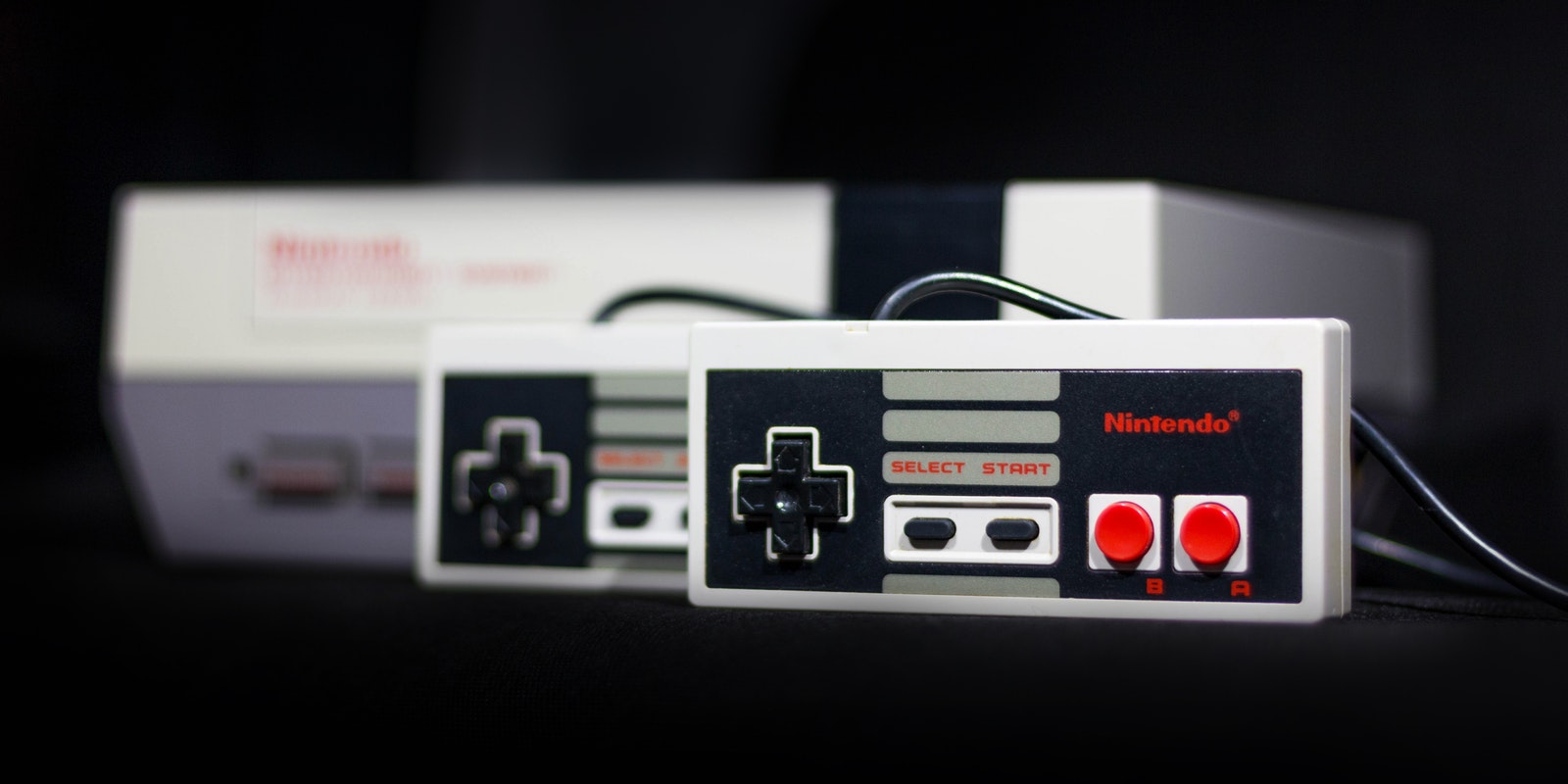Retro is back in style. Despite the fact that we have the technology to create stunning, lifelike graphics, developers are creating games with retro-style 8-bit and 16-bit graphics at a faster rate than ever. These decades-old graphics were once all we had.
Have you ever stopped to think: what exactly makes a game retro in the first place?
What Is "Retro?"
Before we start analyzing retro games, it's good to know where the word "retro" comes from. According to the Merriam-Webster Dictionary, "retro" means:
relating to, reviving, or being the styles and especially the fashions of the past; fashionably nostalgic or old-fashioned
Although this definition of retro heavily refers to fashion, we can still weed out something valuable. It's clear that when something's considered retro, it has a lot to do with resurrecting the past.
I think the most intriguing part of this definition is the interconnectedness between nostalgic and retro.
The Nostalgia Factor
When you're a gamer, you always wait for the next big thing. Once a new innovative system is released, you don't hesitate to make the purchase and stow away your current console.
In the process of buying new systems and recycling old ones, you inevitably forget about the games you used to love and play daily.
As years pass by, your old system gets covered with dust and spider webs. One day, you decide to plug the old thing in and try to play your favorite game. It takes a little bit of cleaning to get it running, but it starts up.
The chiptune music and those classic graphics set off some sort of signal in your brain. You feel extremely happy, but also a little sad at the same time.
"What's wrong with me?" you wonder. The answer is nothing—you're experiencing the phenomenon of nostalgia.
The "new" retro consoles like the NES Classic, SNES Classic, and Playstation Classic feed off of this unique feeling. After giving away that NES you loved so much, wouldn't you want a chance to revisit the games you loved? That's how the gaming industry captures you and all other gamers.
You heard that right: the gaming industry capitalizes on our emotions by re-releasing old games in high-definition.
How Much Nostalgia Is Too Much?
Let's go back to the scenario of you replaying a game on your old console. How long do you play that game for?
Don't lie to me—I know that you didn't replay the entire game. After the initial feeling of nostalgia wore off, you probably remembered how frustrating old games are, shut the console down and put it back in storage. Many gamers are guilty of this nostalgia cycle (if you're not, then kudos to you).
Retro games are a one-minute thrill that takes you back to your childhood. There's nothing wrong with that, but nostalgia has a limit. When companies pull your nostalgia strings a little too much, you get tired of your old games all over again.
That's why developers create new games with retro-style graphics. This mix of old graphics with new features attracts nostalgic gamers and makes it less likely for them to stop playing out of frustration.
How Far Back Will Retro Games Reach?
I'm curious about the future of the retro gaming market. When the nostalgia runs out for older games, will the gaming industry start capitalizing off of slightly newer consoles like the N64, PlayStation 2, and GameCube? It seems like the market's headed in that direction.
The current retro trend is centered around pixel art, but what about other nostalgic video game art? We're getting to the point where developers might consider reviving N64 or PlayStation 2 graphics in a "new" retro-style game.
I can't imagine these graphics ever coming back. Pixel art is simple, but at least it's crisp, has style, and it's not in some type of limbo between realistic and pixelated.
The Rise (And Fall?) of Retro Games
Retro games aren't that much different from any other trend. It's bound to fade away, just like the nostalgia you once had for your beloved childhood games.
If you do decide to indulge in nostalgia, just know that it doesn't last forever.


